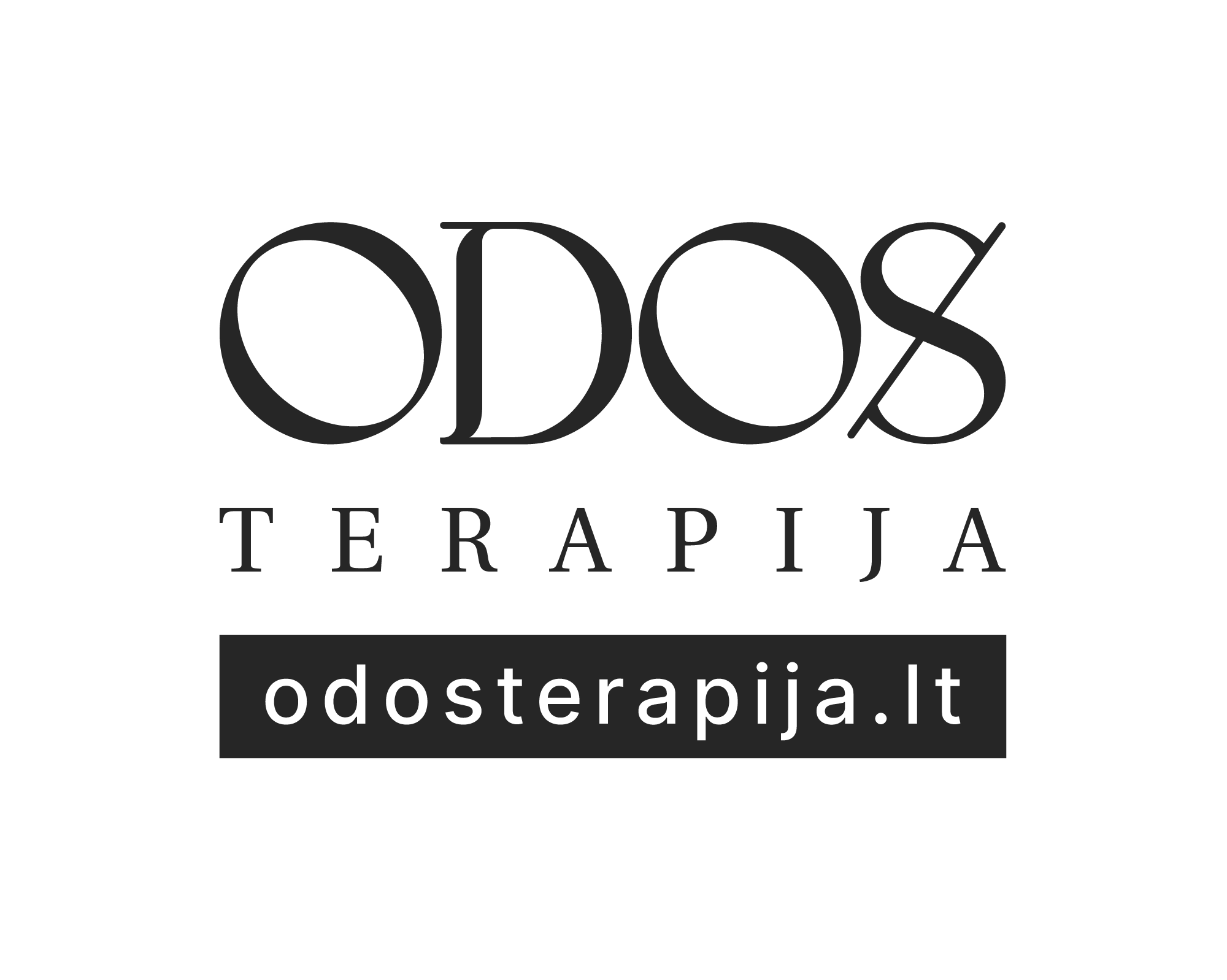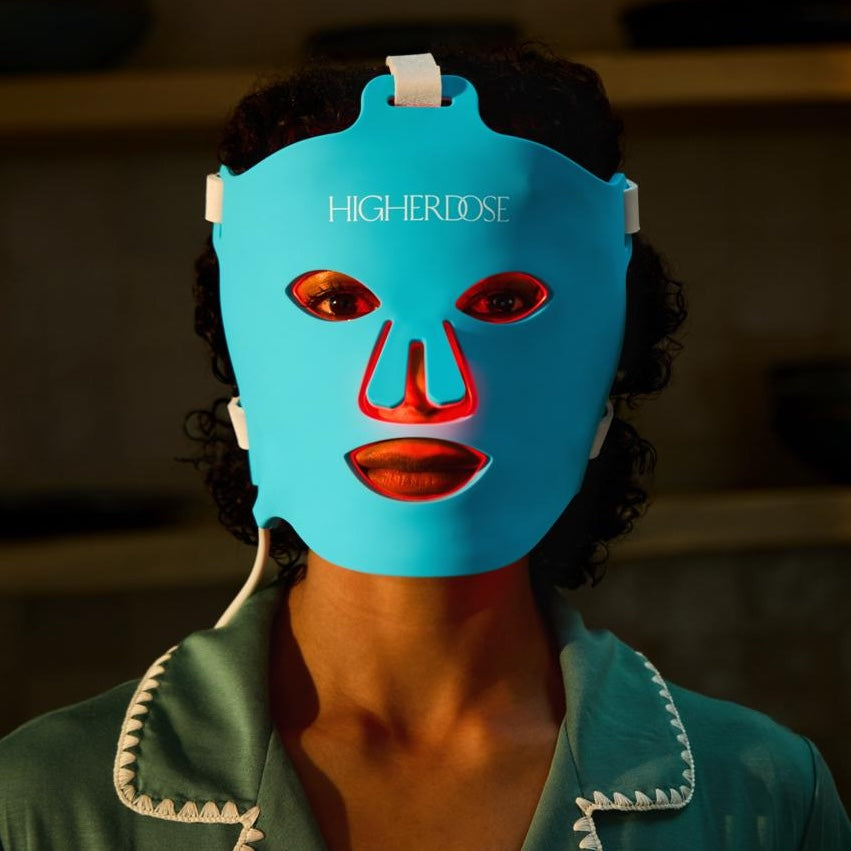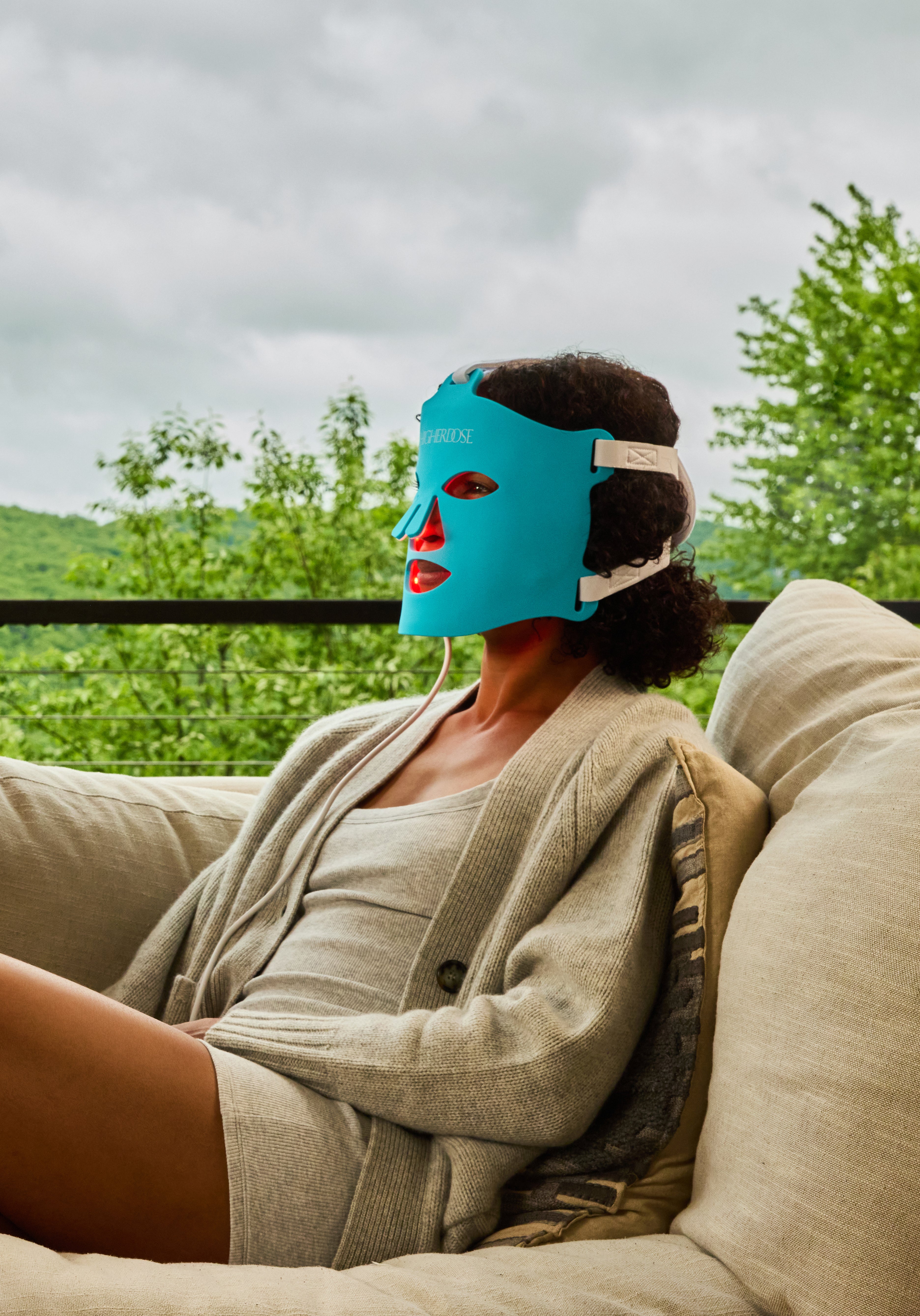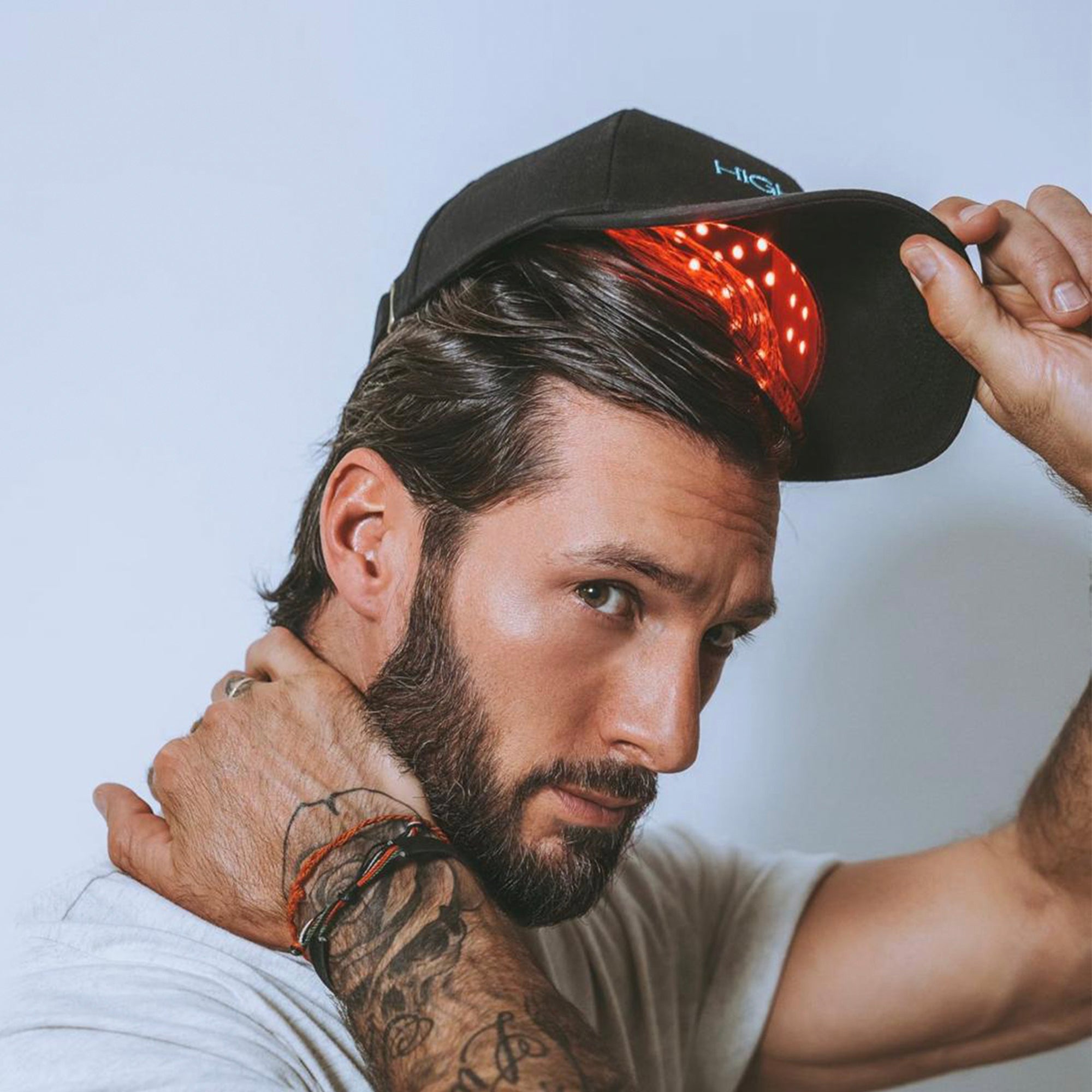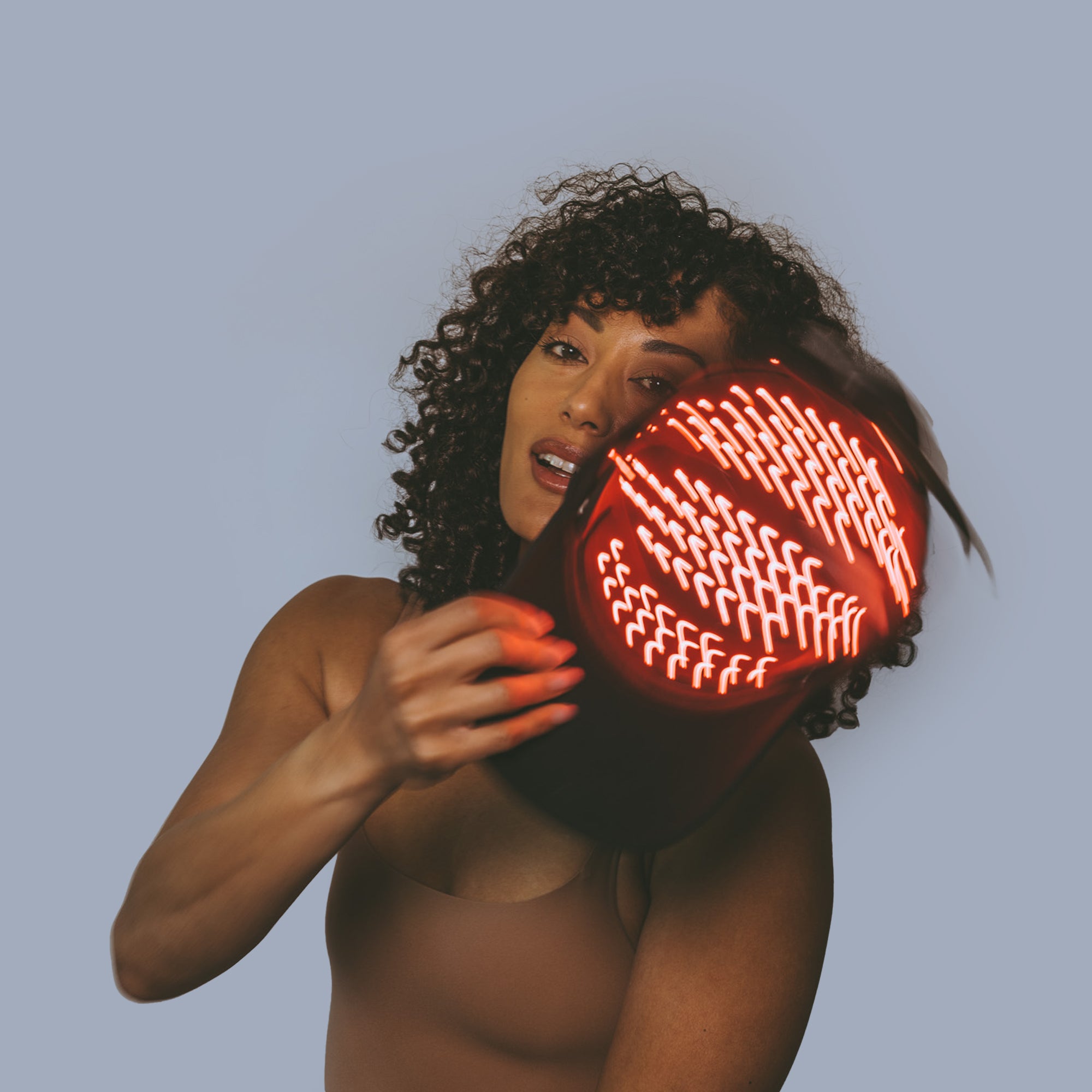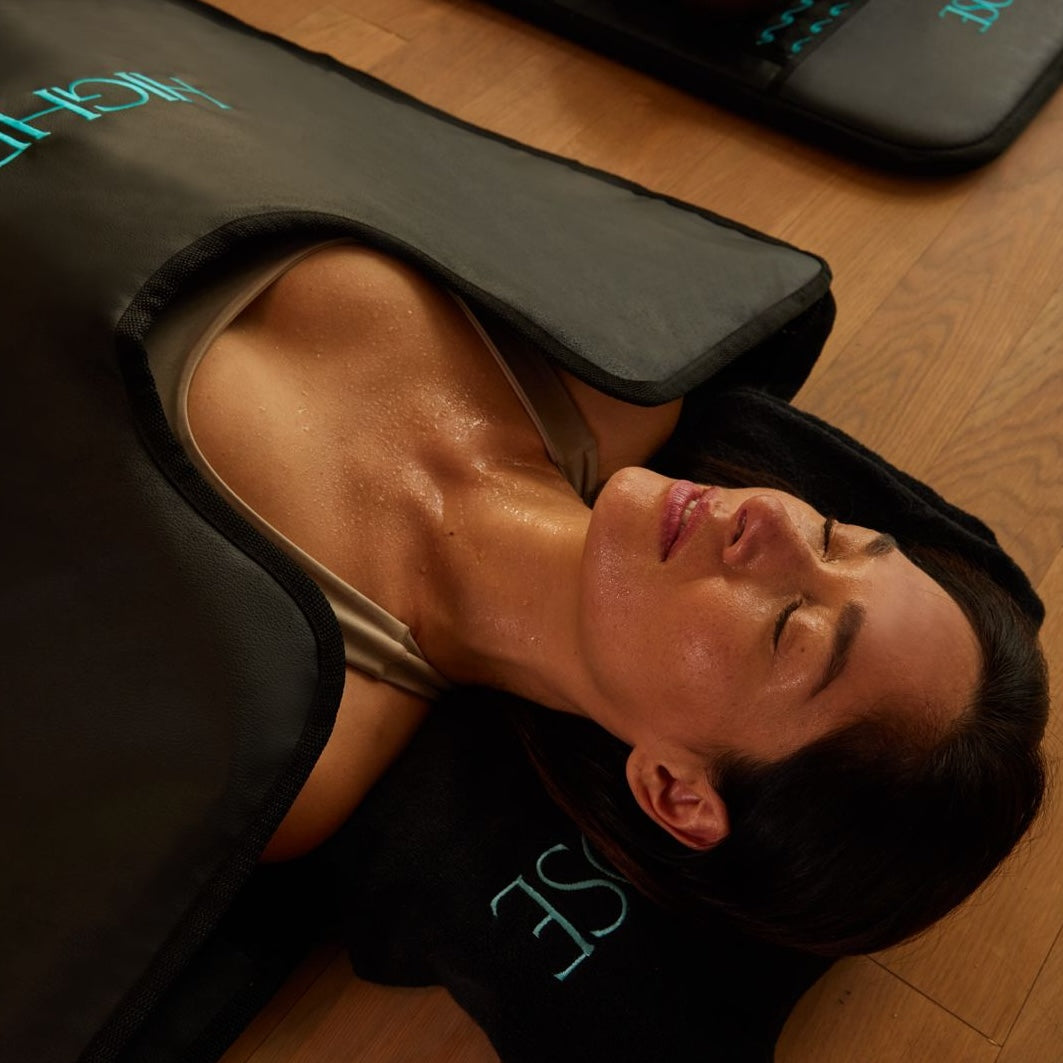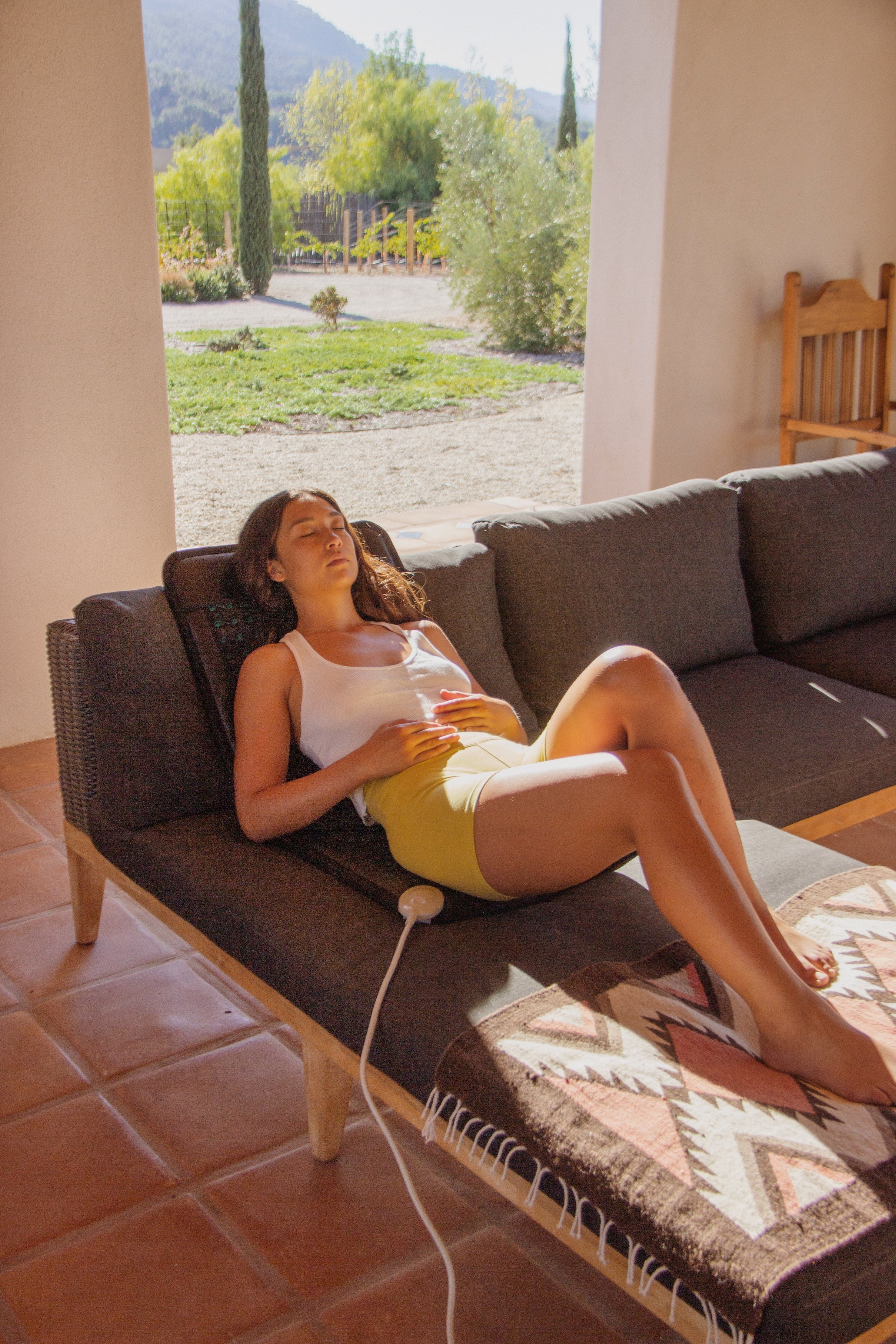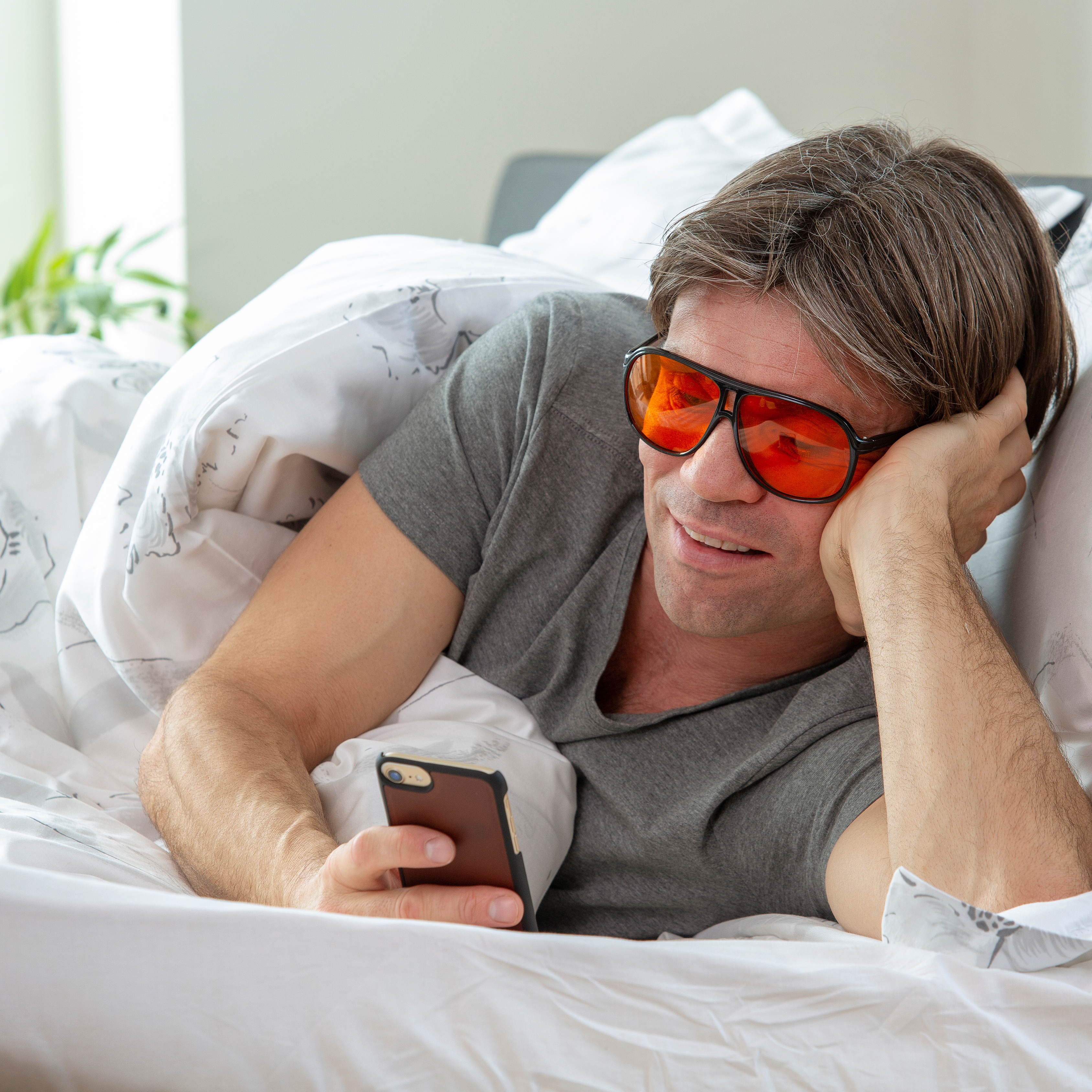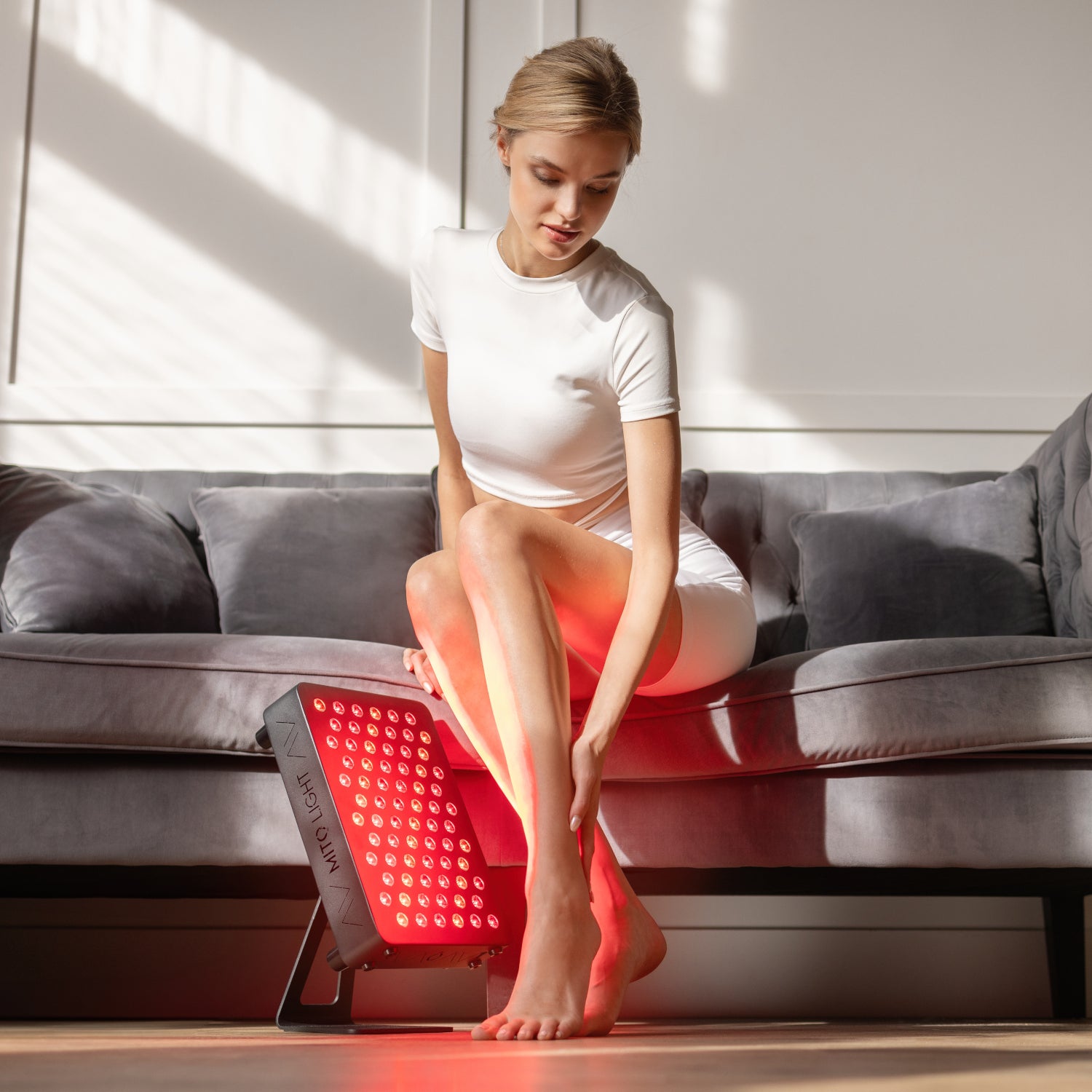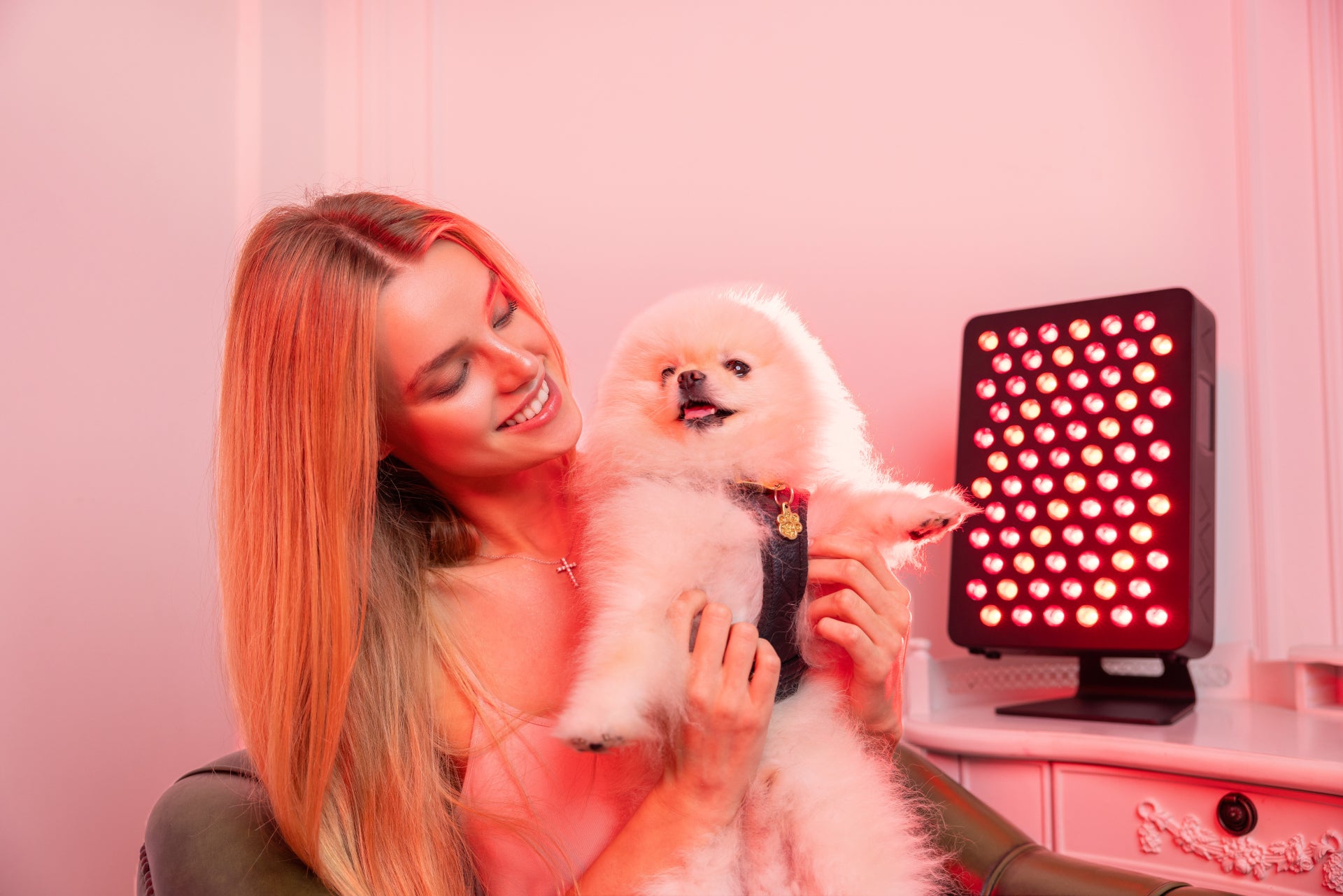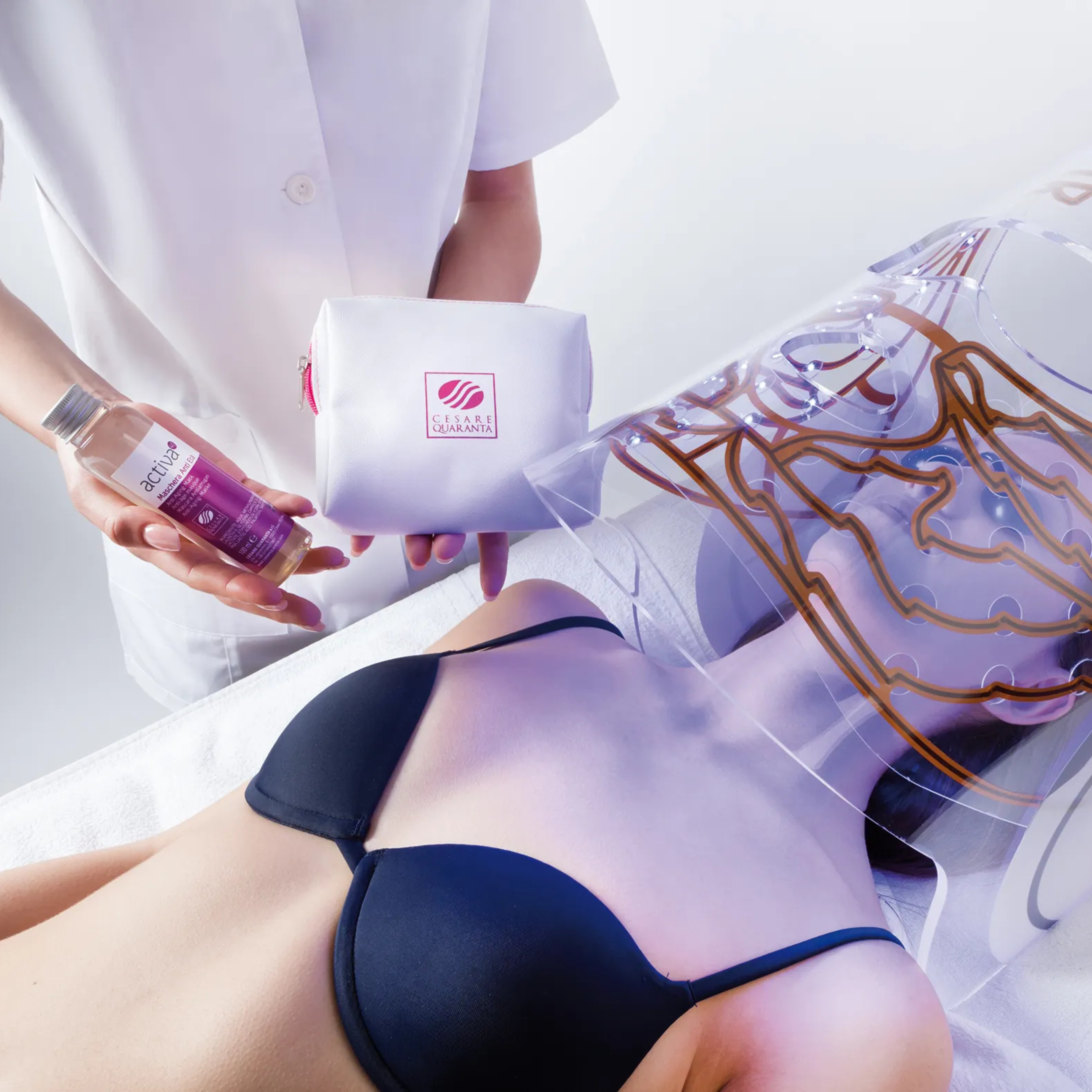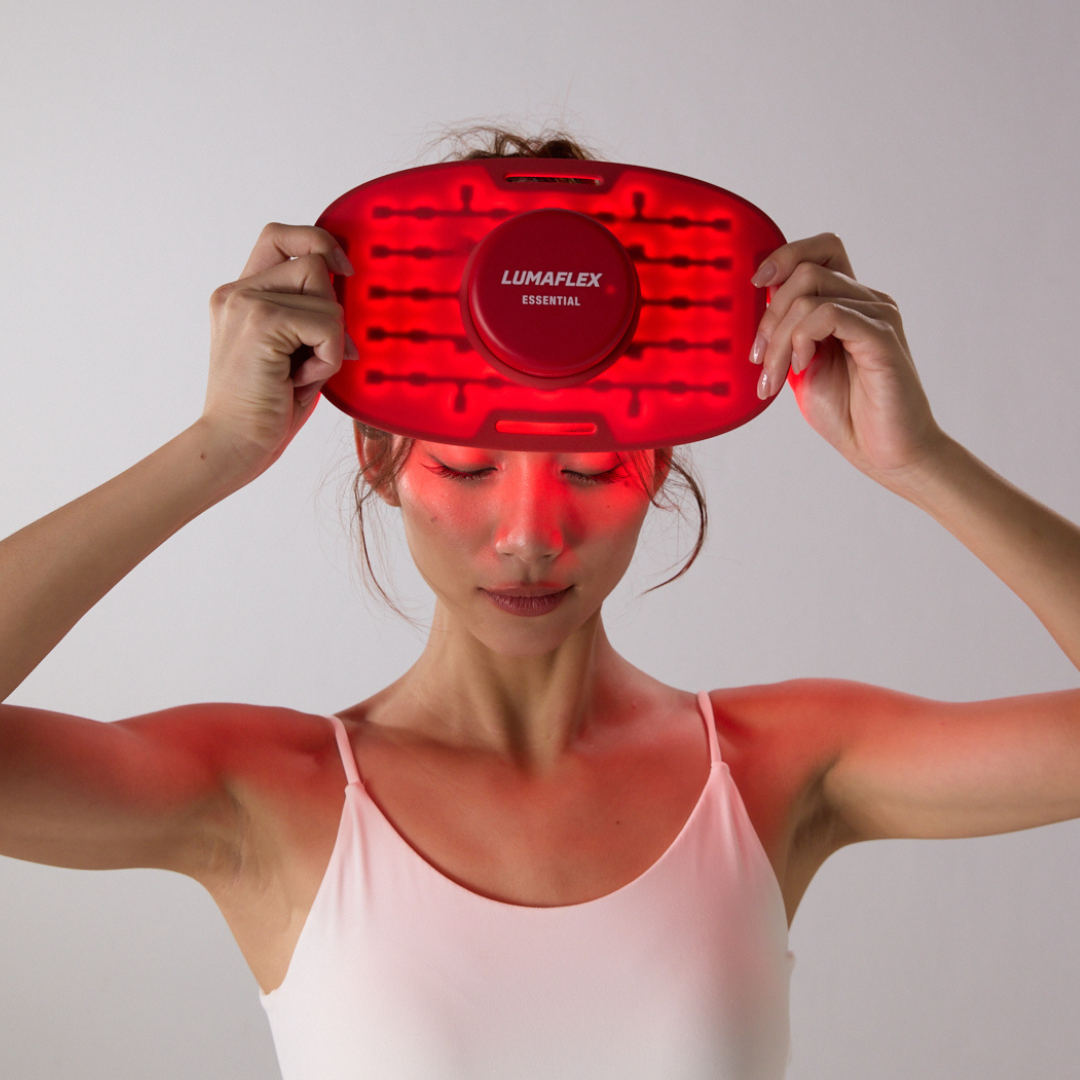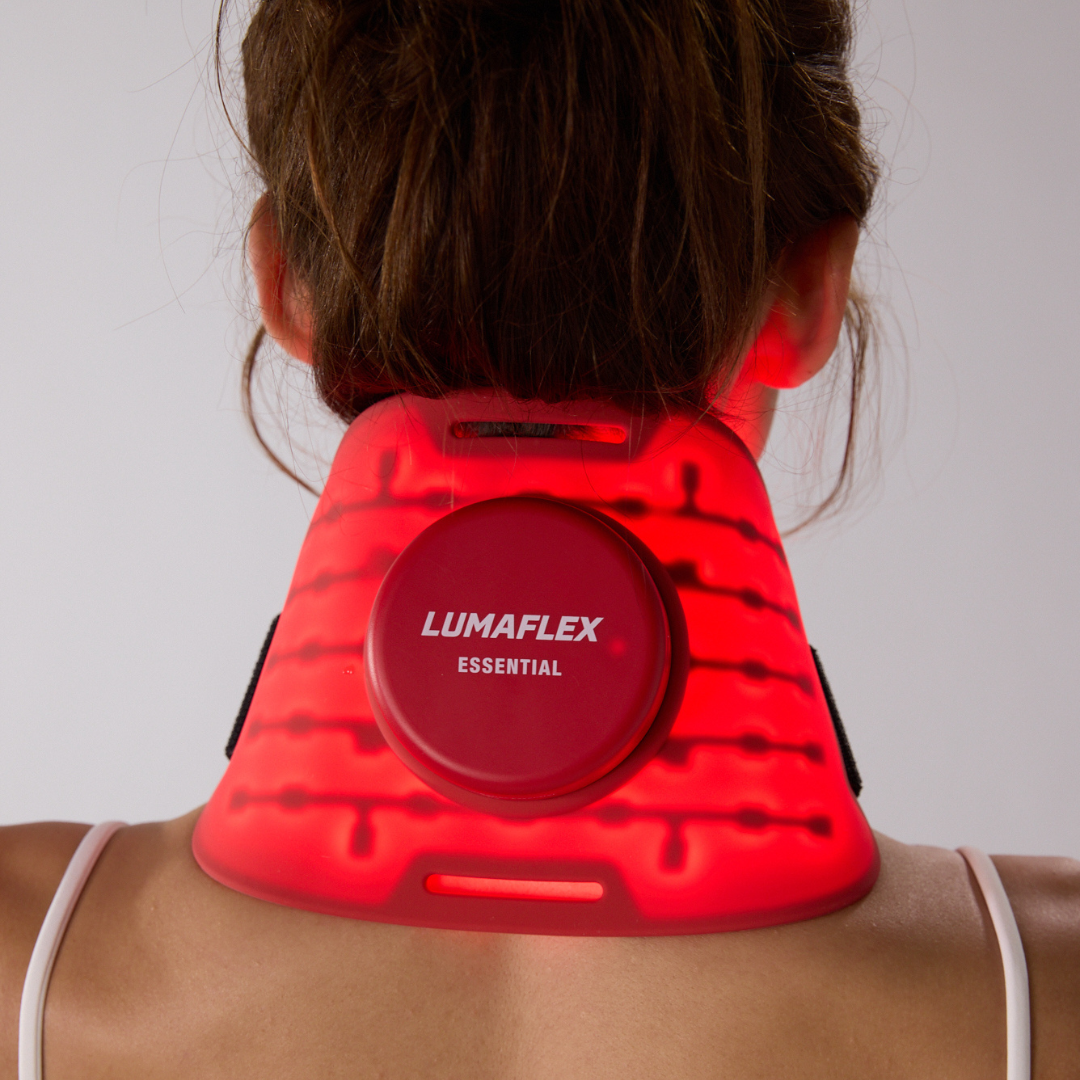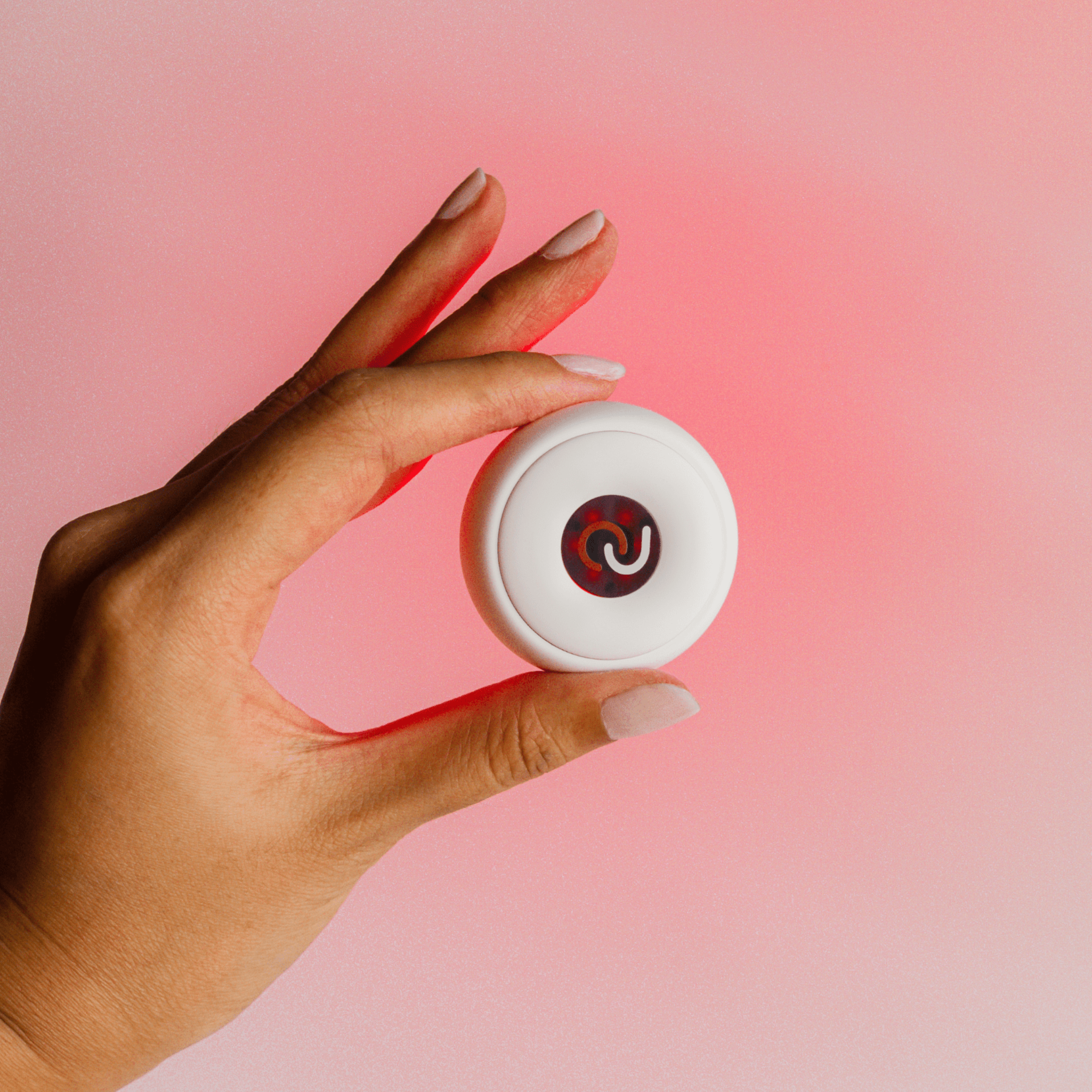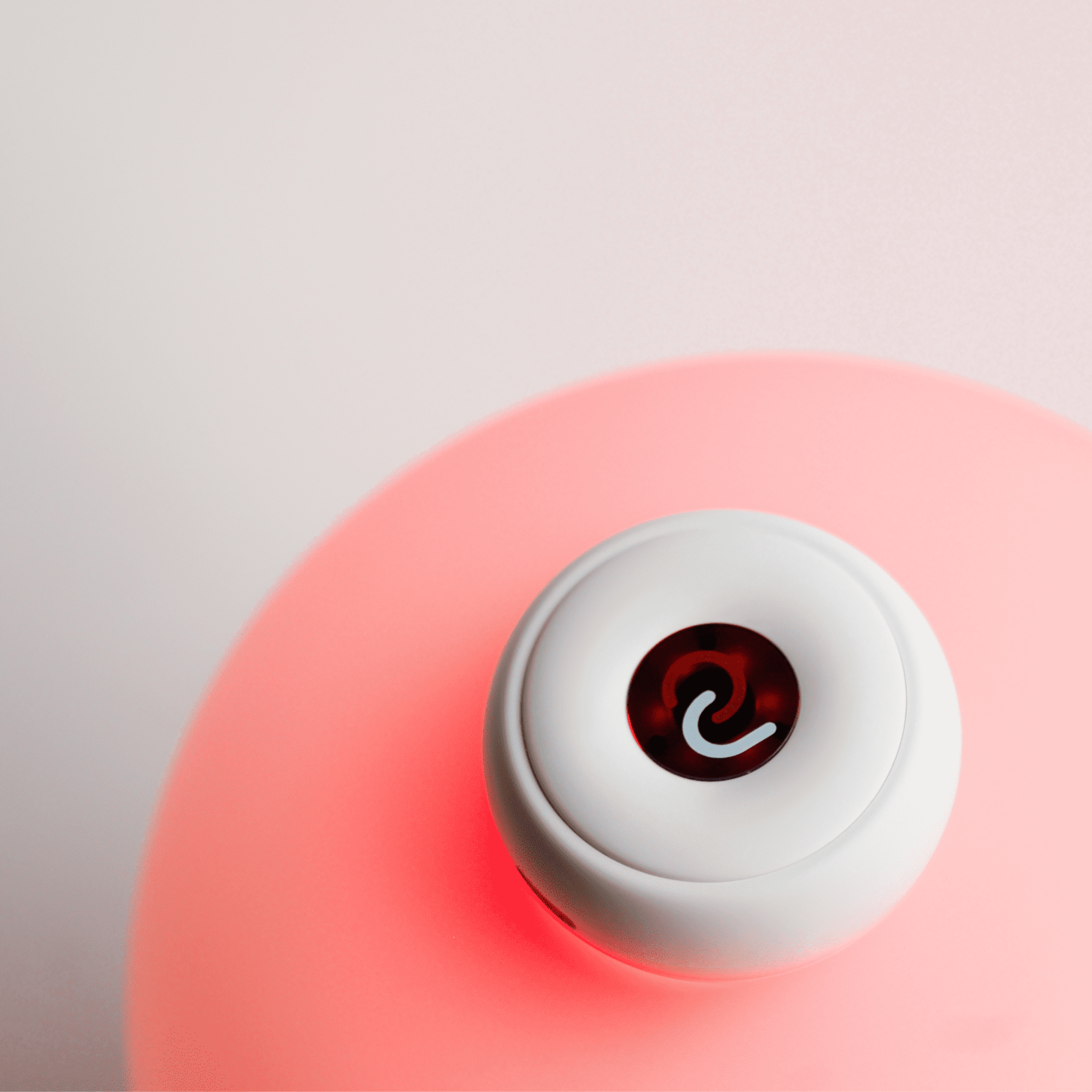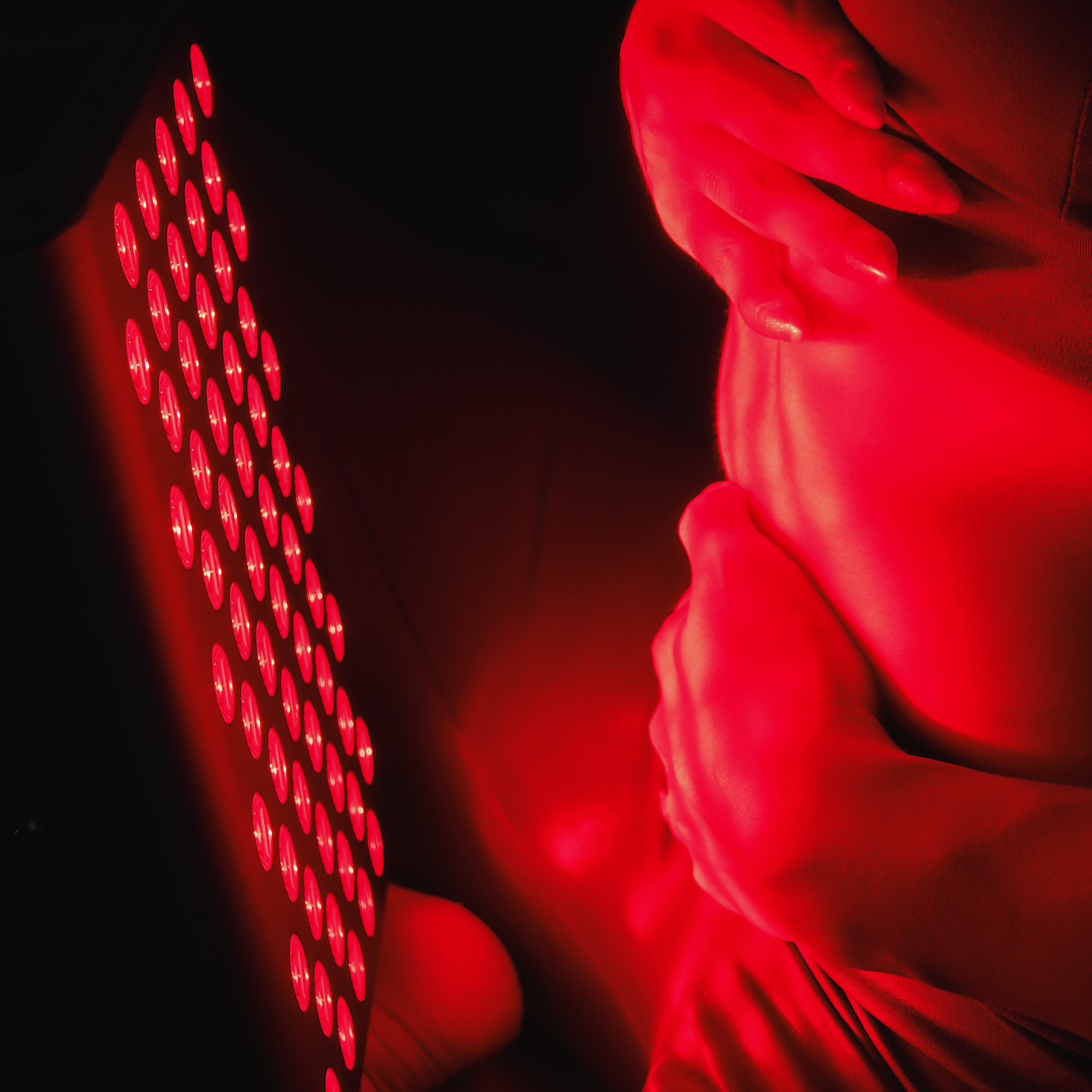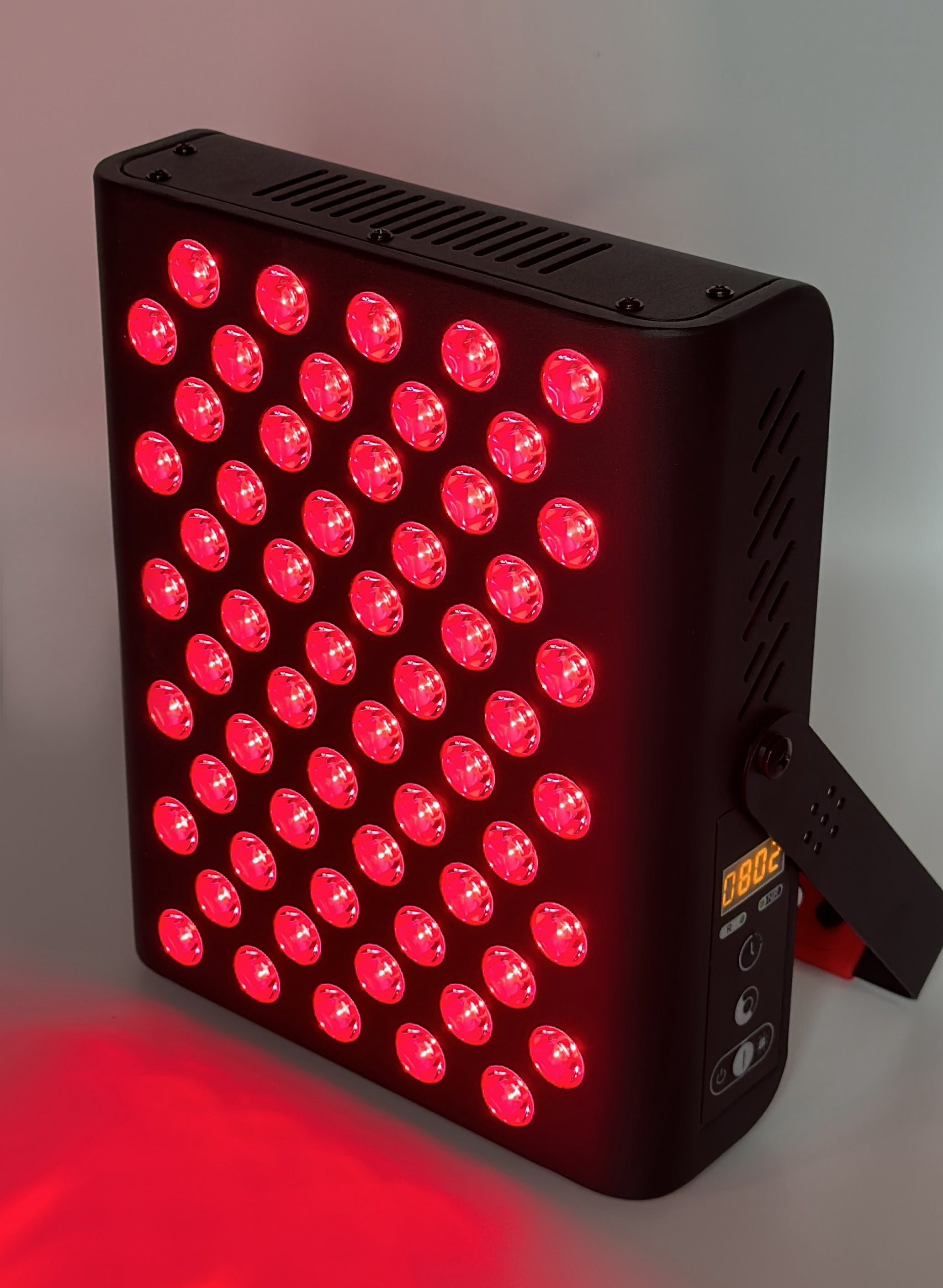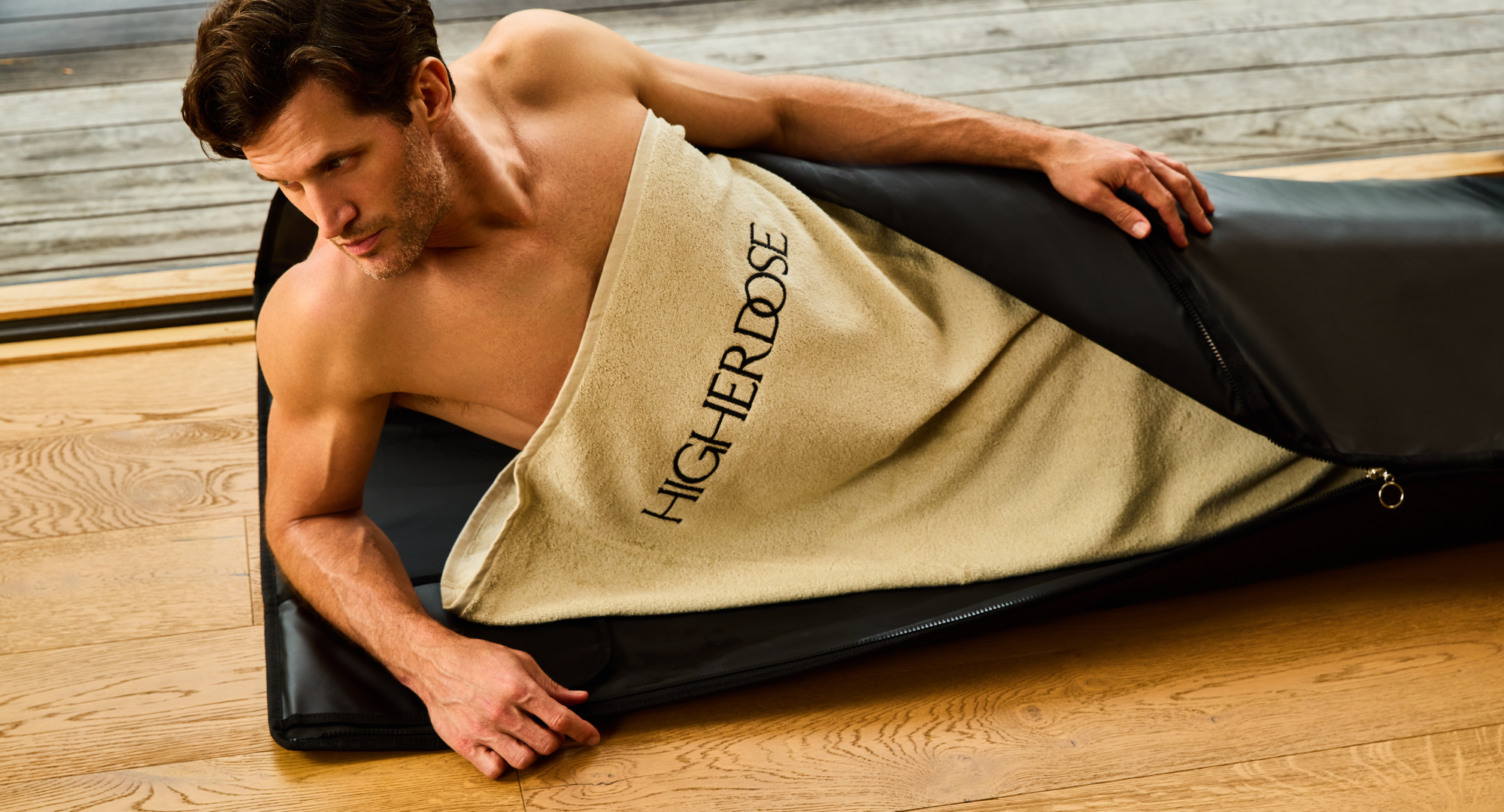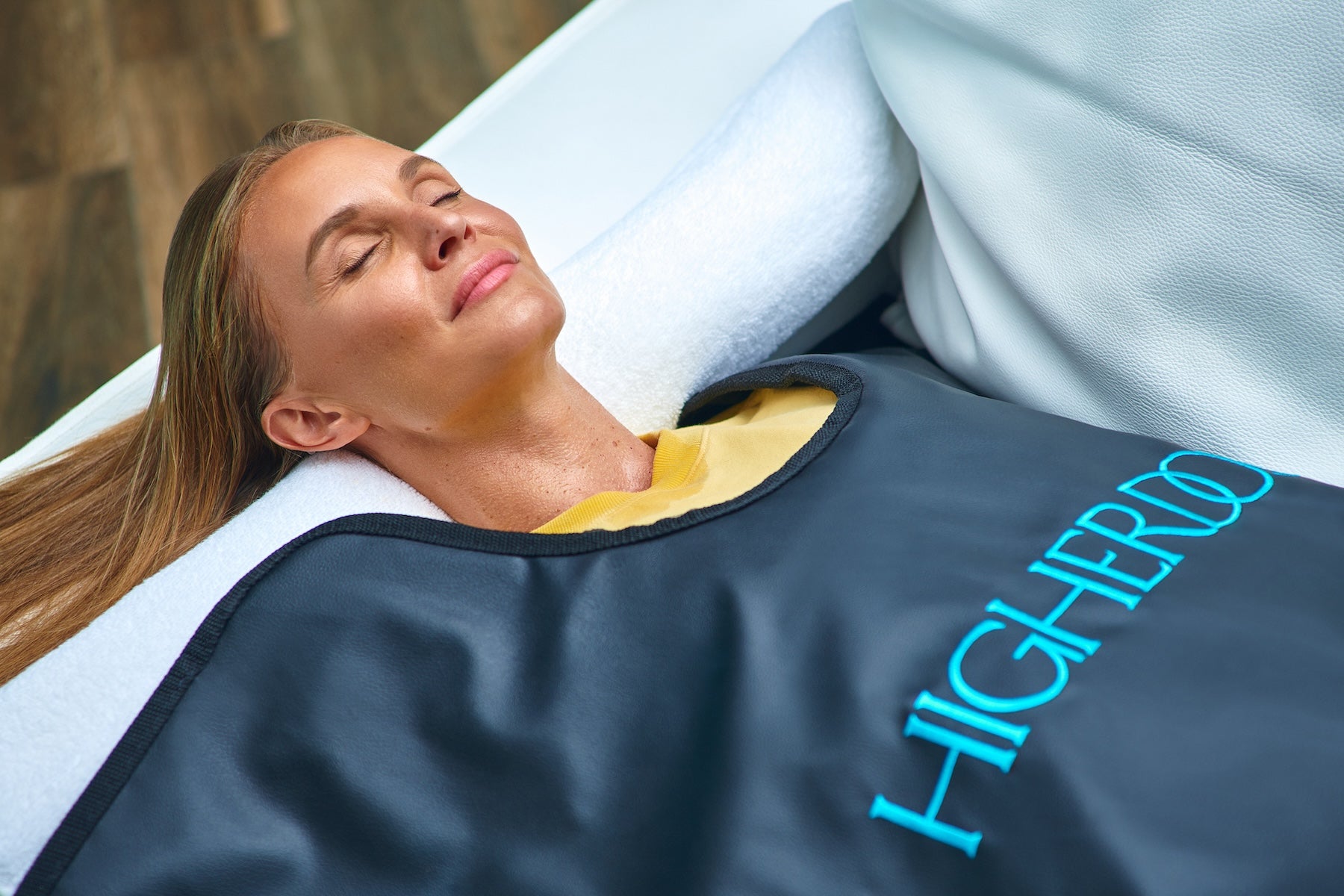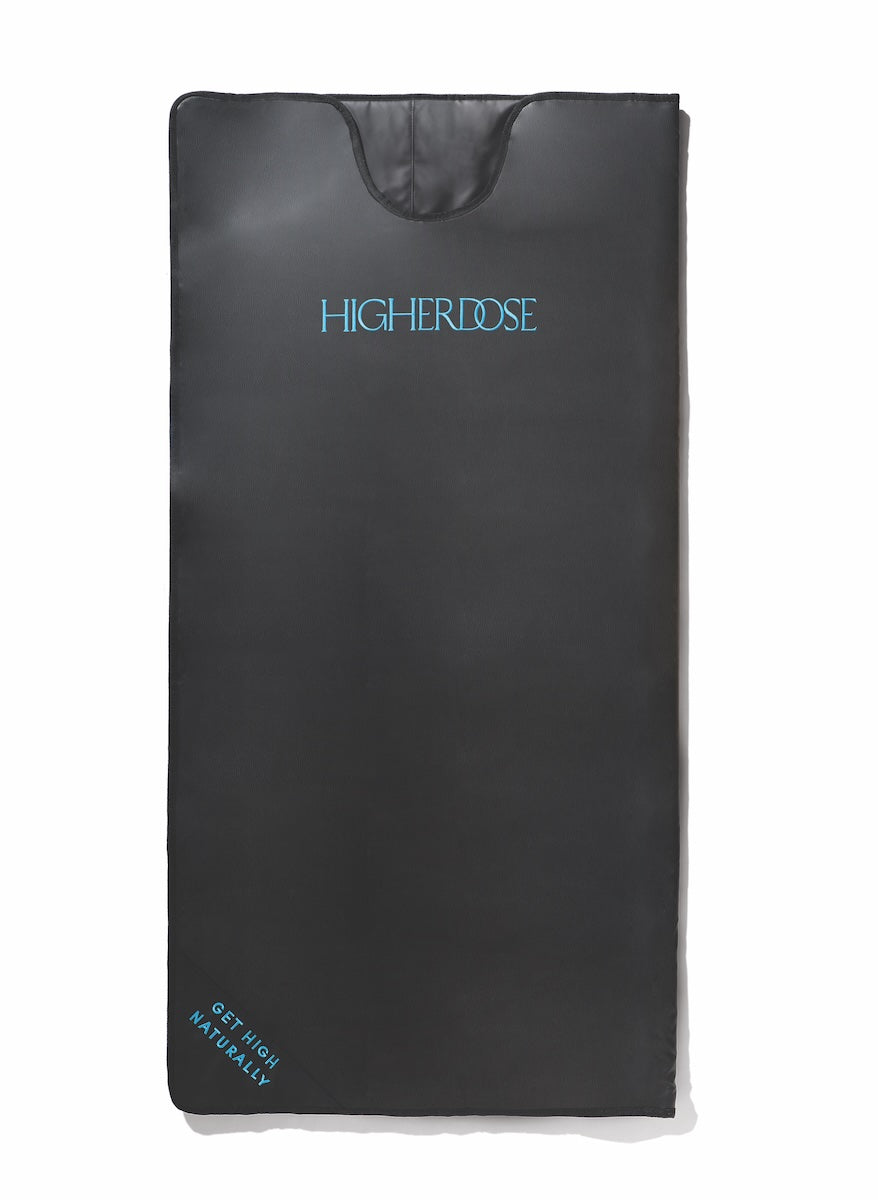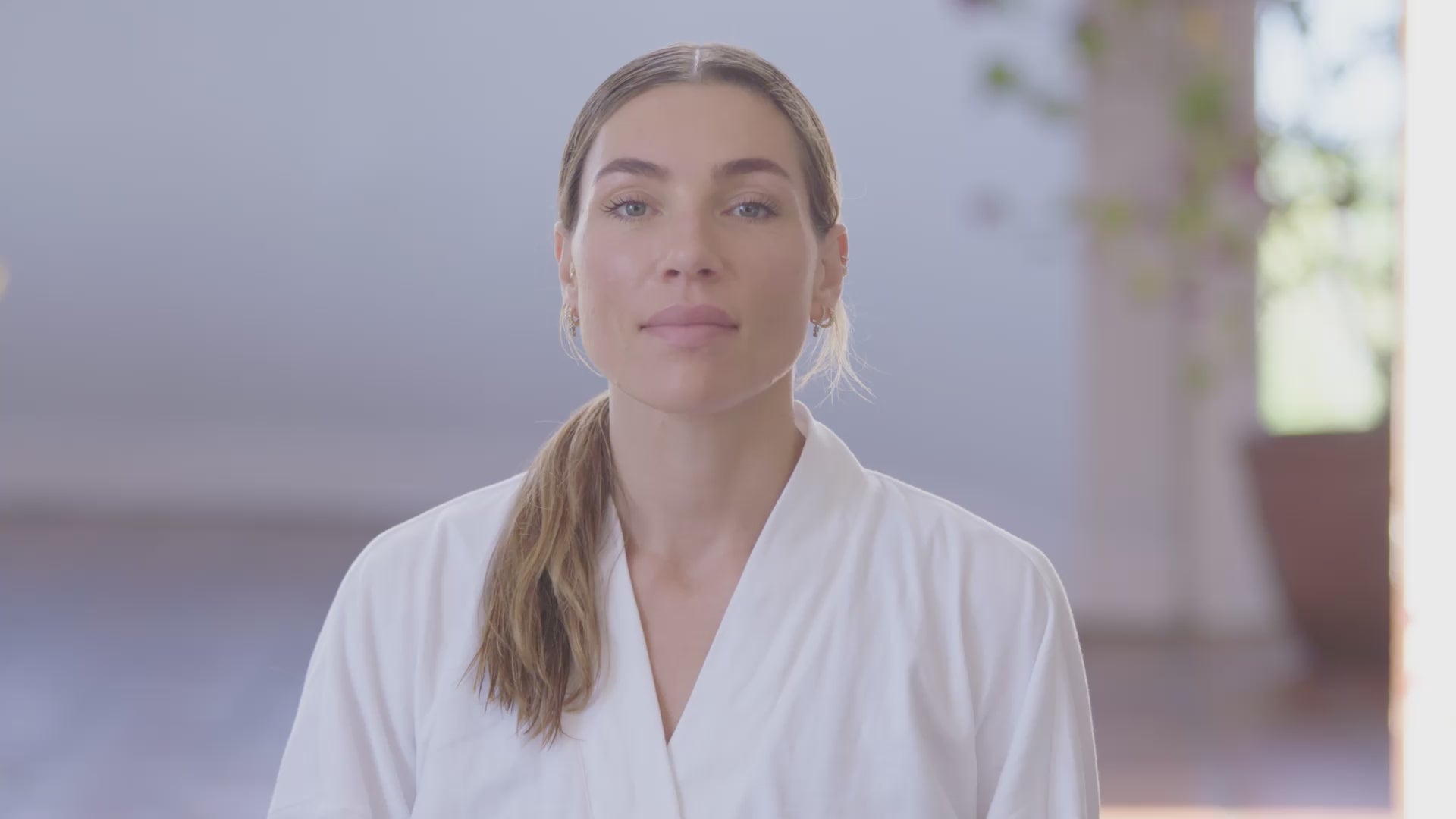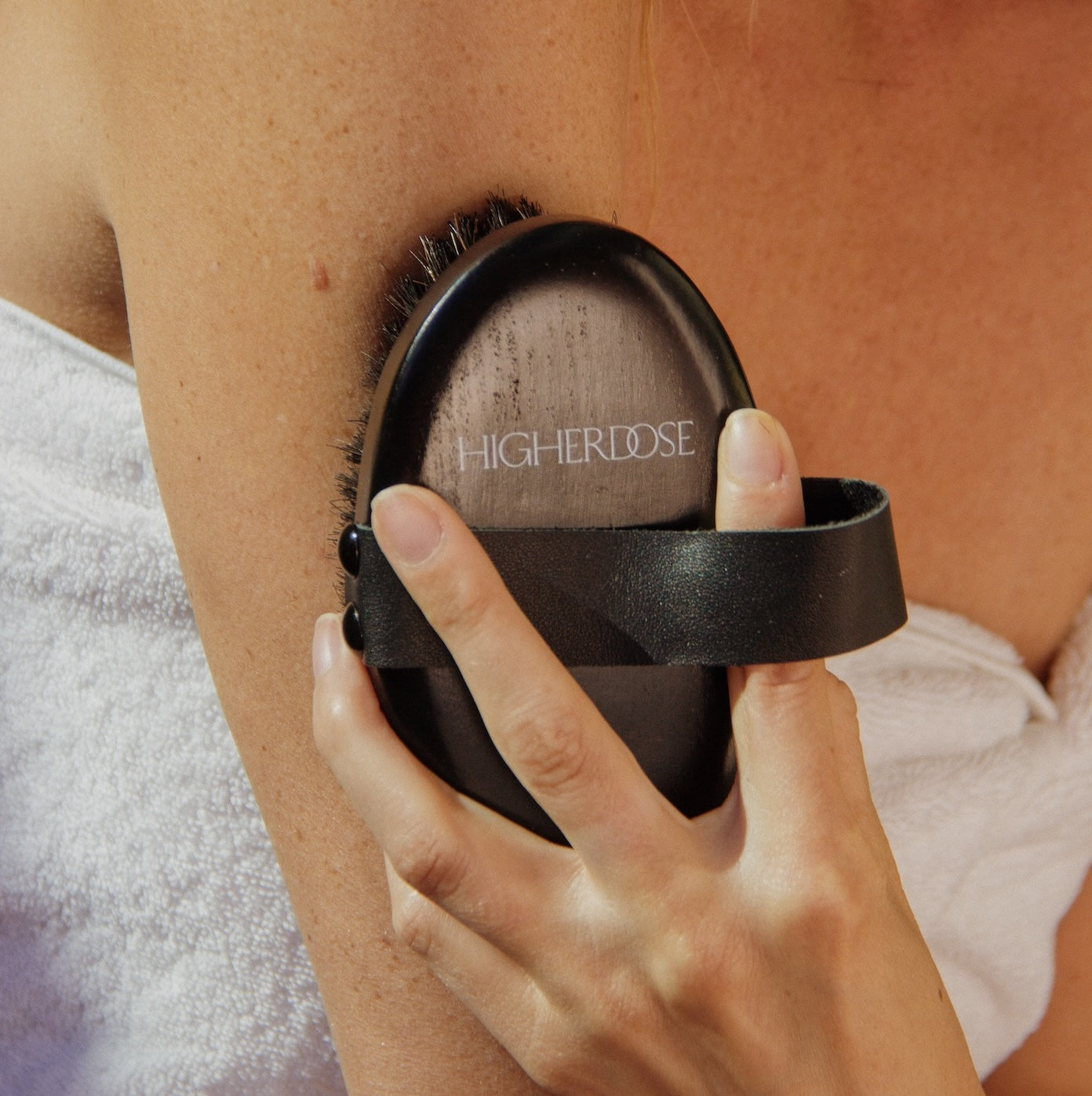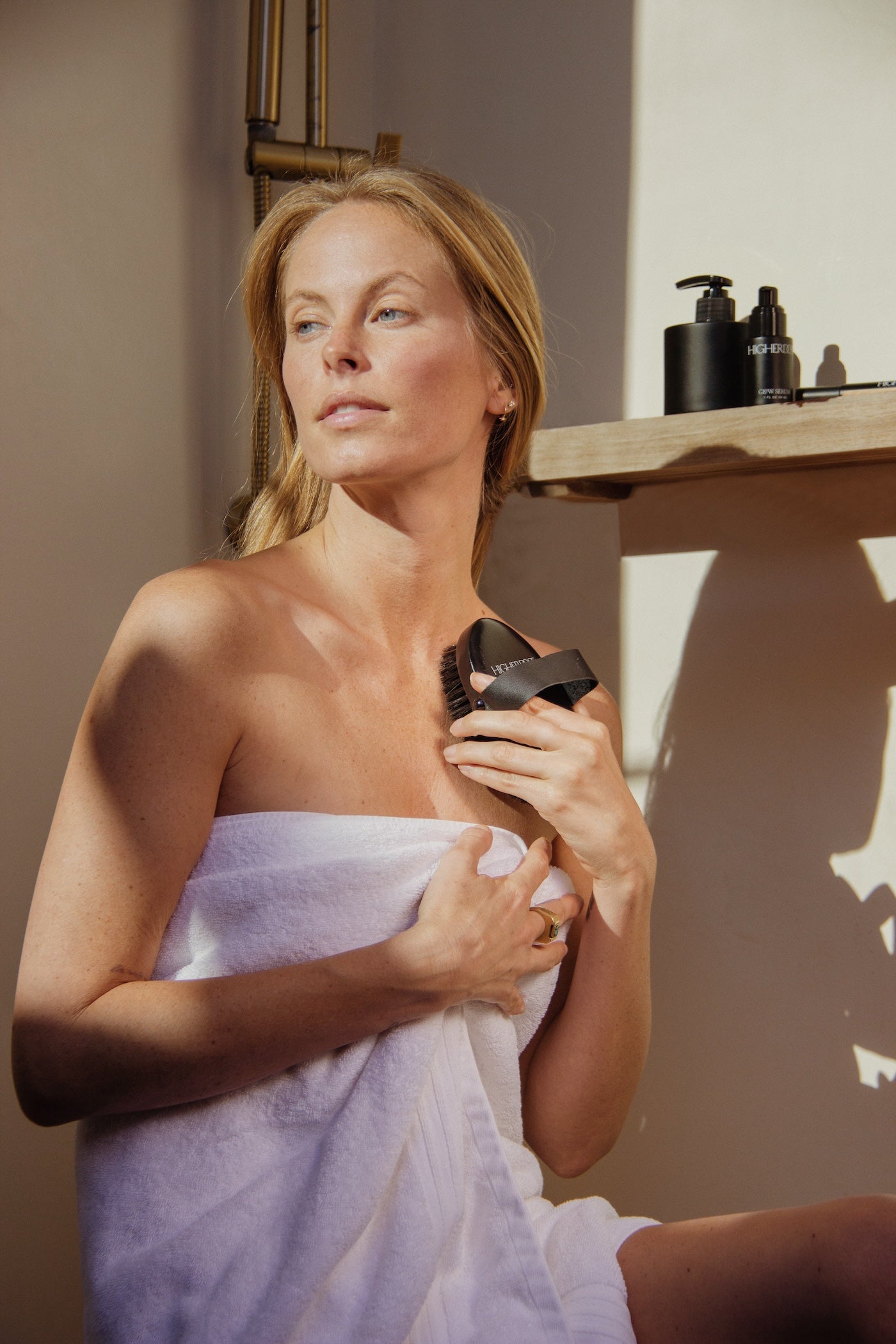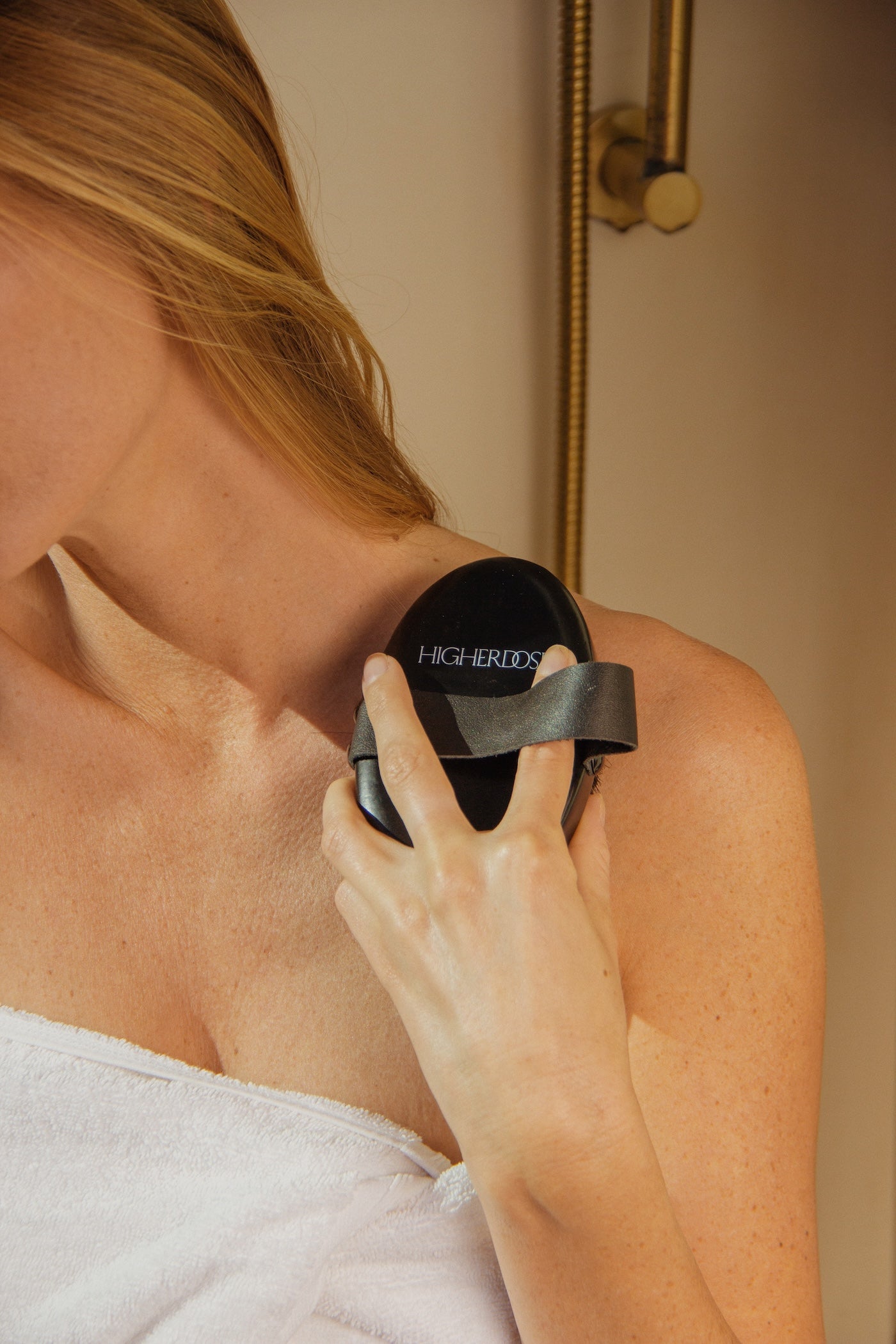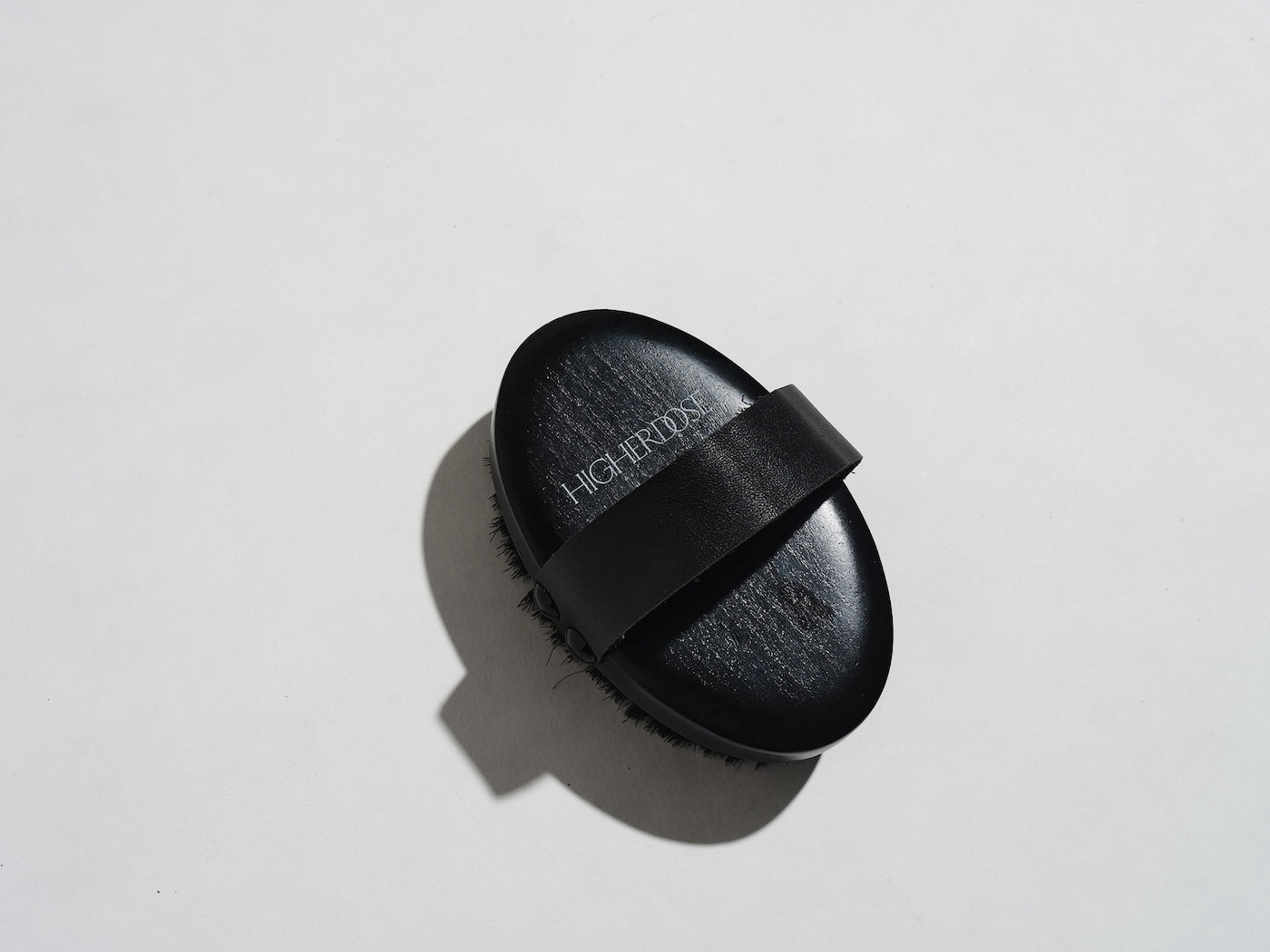Hair loss is a problem that affects many people around the world. While the causes of this condition can vary widely, red light therapy has recently become an increasingly popular solution for both men and women. But how does it work and can it really help?

The most common causes of hair loss
One of the most common causes of hair loss is genetics. Androgenetic alopecia, also known as male pattern baldness or female pattern baldness, is hereditary and is linked to hormonal changes in the body. In addition to genetics, hair loss can be caused by hormonal fluctuations, such as those that occur during pregnancy, childbirth, or menopause. How can it be without stress? Stress plays a role because it can disrupt the hair growth cycle, causing more hair to enter the resting phase and eventually fall out. Poor nutrition or nutrient deficiencies, such as iron, zinc, or vitamin D, often weaken hair follicles. Autoimmune diseases or scalp infections can also contribute to hair thinning.

Prevalence of hair loss by gender
Statistics show that hair loss affects both sexes worldwide, but not equally. About 50 percent of men experience androgenetic alopecia by the age of 50, while among women, the rate reaches about 40 percent by the age of 70. These figures highlight how widespread this problem is, and why many are looking for effective solutions.
How does red light therapy work?
Red light therapy, also known as low-level light therapy (LLLT), is becoming a new hope in the fight against hair loss. The essence of the therapy is red light of the appropriate wavelength, which penetrates the scalp and stimulates cell activity. The light stimulates the activity of mitochondria - the energy factories of cells - which increases the production of adenosine triphosphate (ATP). As a result, the cells become more energetic, tissue regeneration, blood circulation and oxygen supply to the hair follicles are stimulated. All this together activates the hair follicles and prolongs their growth phase, making the hair thicker and stronger.

Scientific research and results
Research supports the effectiveness of red light therapy. A 2014 study published in the journal Lasers in Surgery and Medicine found that after 26 weeks of therapy, participants experienced an average 35 percent increase in hair density. Another 2017 study published in the Journal of Cosmetic and Laser Therapy found that the therapy helped both men and women with androgenetic alopecia.
How to use red light therapy at home?
Today, there are many red light therapy devices on the market for permanent use at home. They are often convenient and compact. From special combs to helmets or lamps. The most important thing is to apply the therapy regularly, following the manufacturer's recommendations. Usually, 10-15 minutes of therapy per day, several times a week, is enough to notice positive results from the therapy.

Positive changes
Red light therapy is a scientifically proven and safe way to combat hair loss. While results may vary depending on individual factors, many people see positive changes after just a few months of regular use. If you are looking for a non-invasive and natural solution, this therapy may be just what you need. However, if you have any questions or health concerns, it is recommended to consult a doctor before starting therapy.
Many people notice positive changes after just a few months of regular use
